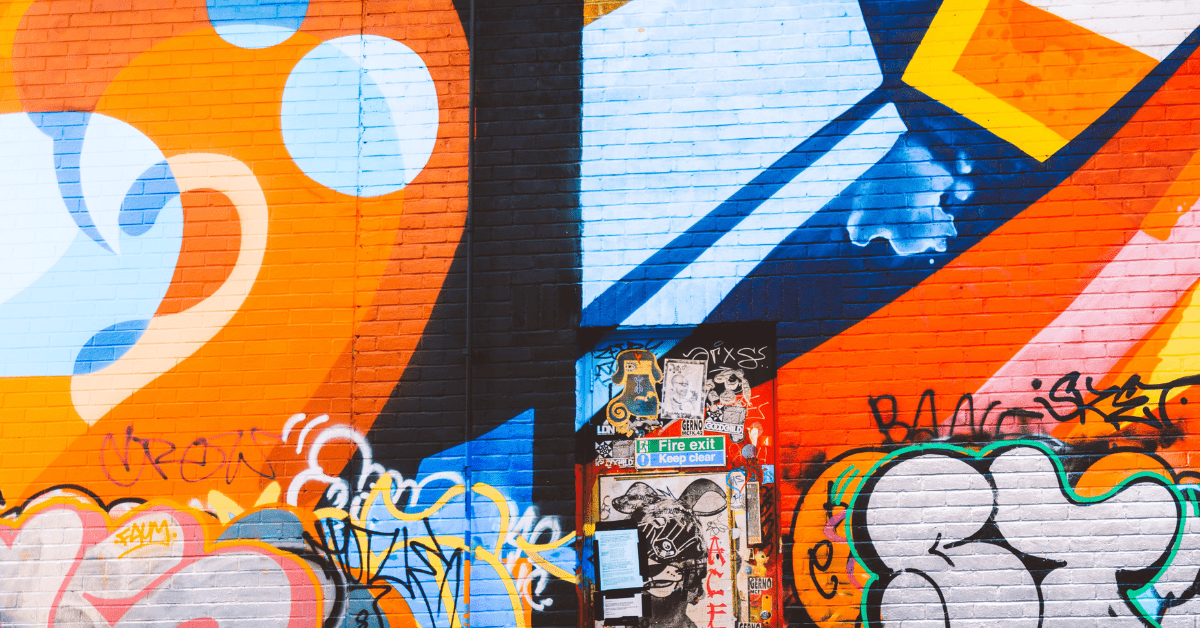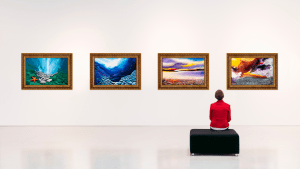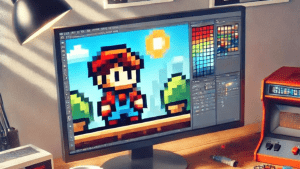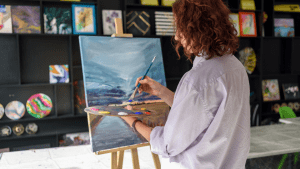Fine arts and visual arts may sound similar, but they’re actually distinct categories of art. Fine arts focus more on traditional forms like paintings, sculptures, and drawings, whereas visual arts include a wide range of other creative works like photography, film, and digital design.
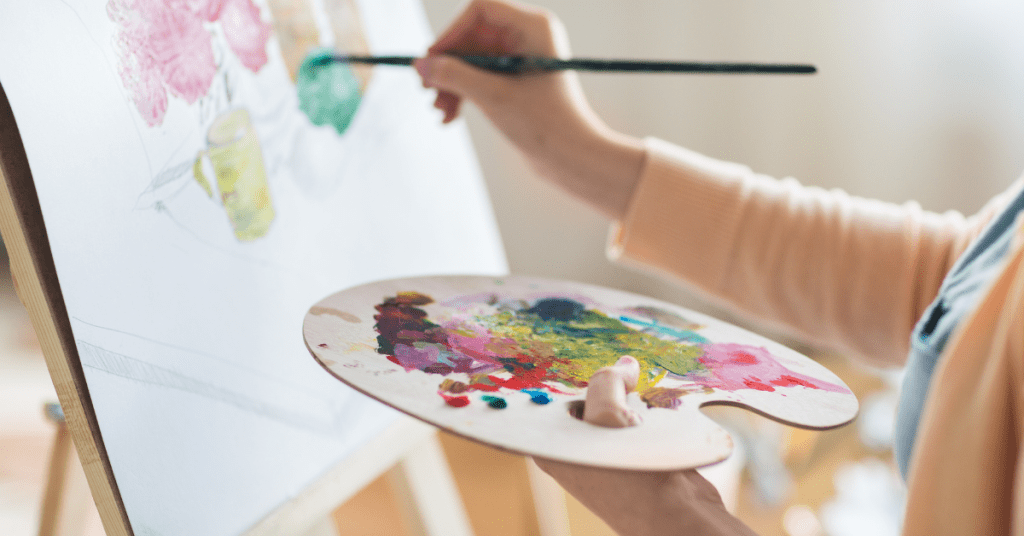
Fine Arts Explained: Traditional and Modern Forms
Fine arts have evolved over time, blending traditional methods with modern techniques. While the classics like oil paintings and sculptures still dominate, today’s fine art also embraces new methods, pushing boundaries with digital media and other technologies.
Traditional Fine Arts – The Classics
Traditional fine arts are rooted in techniques that have been practiced for centuries. Think paintings, sculptures, and architecture—forms that have stood the test of time.
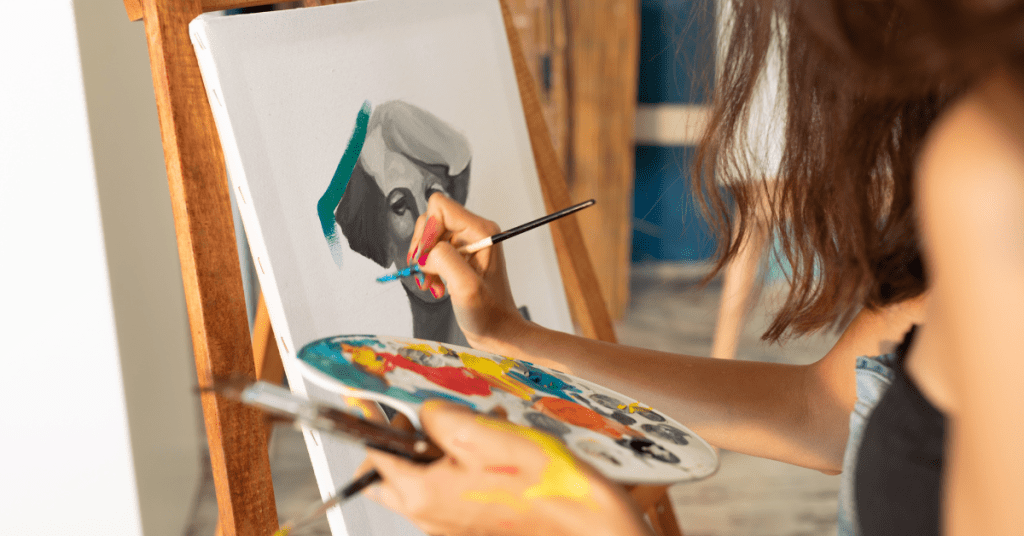
H3: Modern Fine Arts – Innovation Meets Tradition
Modern fine art often blends traditional methods with innovation. Artists are now experimenting with new tools and techniques like digital art and virtual reality, expanding what “fine art” can mean.
Visual Arts Explained: Beyond Painting and Sculpture
Visual arts go beyond what most people think of when they imagine art. While painting and sculpture are part of it, the scope is much broader. Photography, graphic design, film, and even architecture fall under the category of visual arts.
The Evolution of Visual Arts
Visual arts have become more versatile as technology has advanced. The digital revolution has introduced new tools for creating art, and it’s no longer limited to traditional mediums.
Digital Art and Its Impact on Visual Arts
With the rise of computers and software, digital art has emerged as a powerful form within visual arts. Artists can now manipulate images, design digital sculptures, and create animations in ways that were impossible before.
The Differences Between Fine Arts & Visual Arts
While both fine arts and visual arts focus on creativity and aesthetic expression, they differ in their scope, mediums, and purposes. Fine arts are usually focused on personal or emotional expression, while visual arts can be more experimental and wide-ranging.
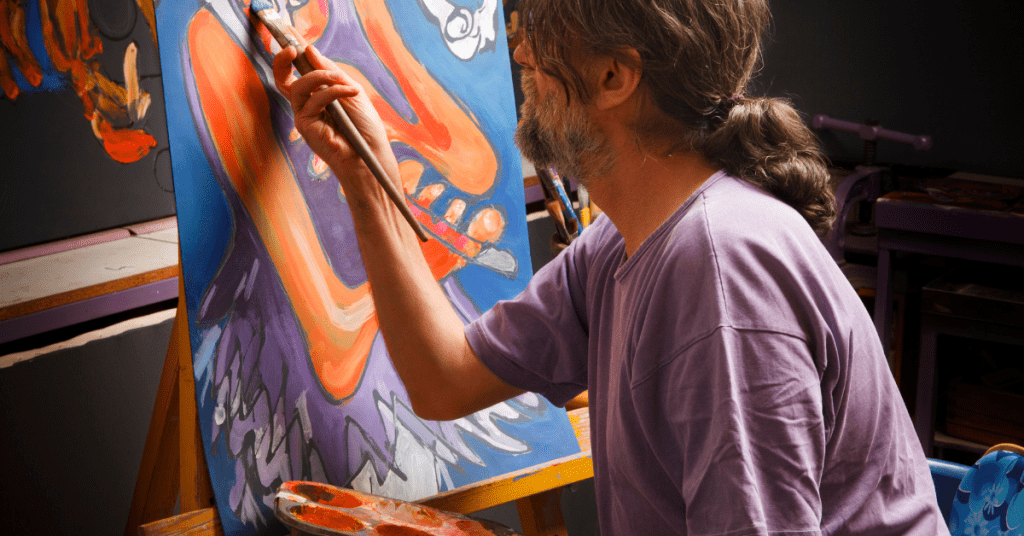
Fine Arts – A Focus on Beauty and Craftsmanship
Fine arts are often about creating something beautiful using traditional techniques. These works tend to be static and formal, created with the intent of producing a timeless piece.
Visual Arts – Versatility and Modern Expression
Visual arts, on the other hand, are often more dynamic and include many types of expression, from digital works to street art. These forms of art are also more about responding to contemporary issues.
Why Fine Arts & Visual Arts Matter Today
Both fine arts and visual arts continue to have a powerful impact on modern culture, whether through preserving cultural heritage or reflecting current social and political issues.
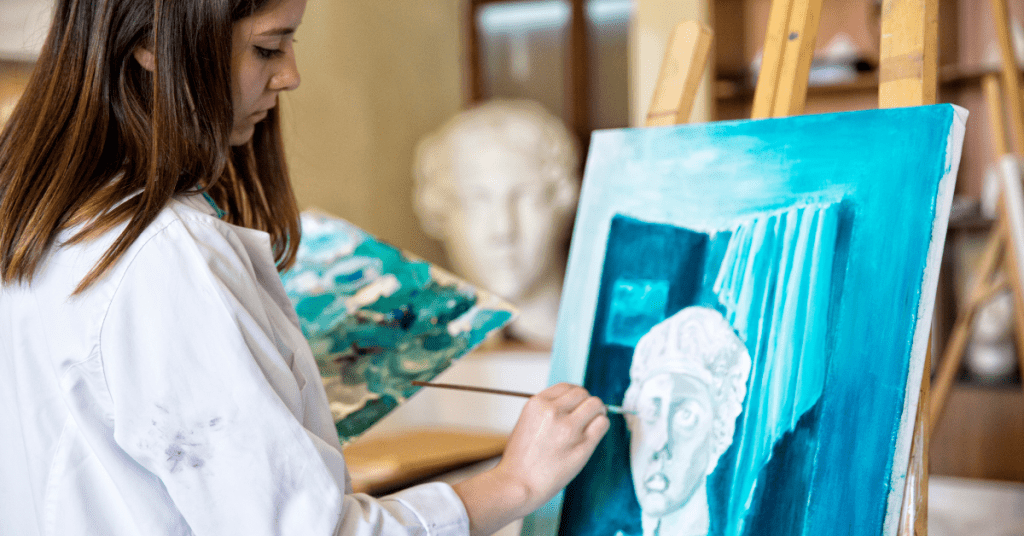
The Role of Fine Arts in Preserving Culture
Fine arts have always been a way to preserve a society’s values, beliefs, and traditions. From historical paintings to sculptures, these works offer a glimpse into the past and help maintain cultural identity.
Visual Arts as a Reflection of Modern Society
Today, visual arts often respond to contemporary social and political challenges, serving as a reflection of our times. They give a voice to current issues and bring attention to the problems that matter most.
How Technology is Shaping the Future of Art
Technology has opened up new avenues for both fine and visual arts. From 3D printing to virtual art galleries, the role of technology in art continues to expand, providing artists with new ways to create and share their work.
The Intersection of Fine Arts and Digital Media
Fine arts and digital media have started to merge, with artists using digital tools to create traditional works in innovative ways. The combination of both offers new possibilities for artistic expression.
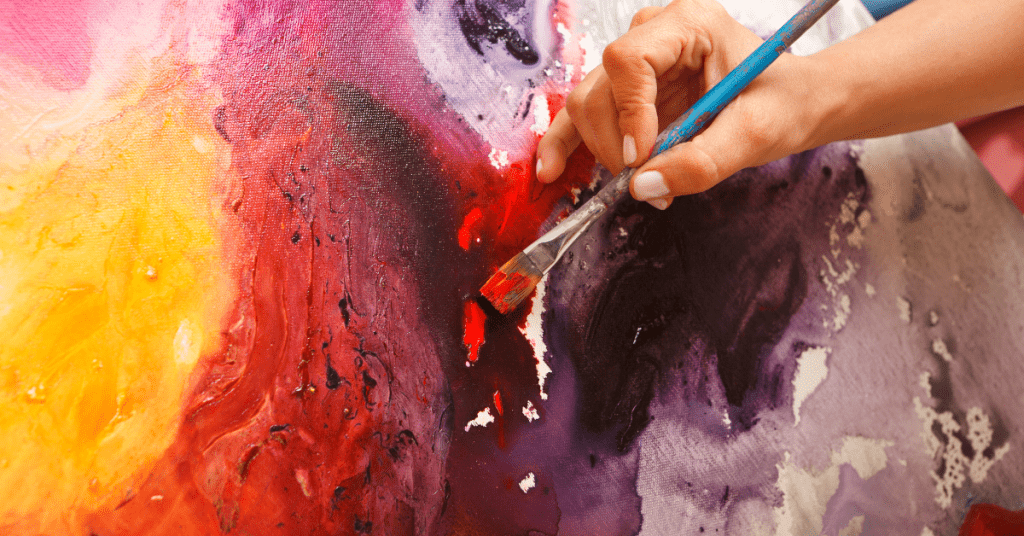
Visual Arts and the Digital Revolution
The digital revolution has transformed visual arts, allowing artists to experiment with new forms of media like video art, interactive installations, and digital design, making art more accessible than ever.
Art as a Medium for Social Change
Art has always been a powerful tool for social change. Whether it’s fine art in a gallery or street art on a wall, art has the ability to challenge authority, inspire movements, and promote social justice.
Conclusion:
Both fine arts and visual arts are essential to our understanding of the world. While fine arts preserve history and cultural identity, visual arts provide a platform for contemporary voices and new expressions. Together, they shape the world around us and help us understand both the past and the present.
For those interested in the Culinary Arts, explore how food becomes a visual masterpiece. Check out our post on Culinary Arts to learn more about the connection between food presentation and visual arts. You can also dive deeper into the topic by reading this article on Culinary Arts, where chefs discuss the art of transforming food into stunning creations.
